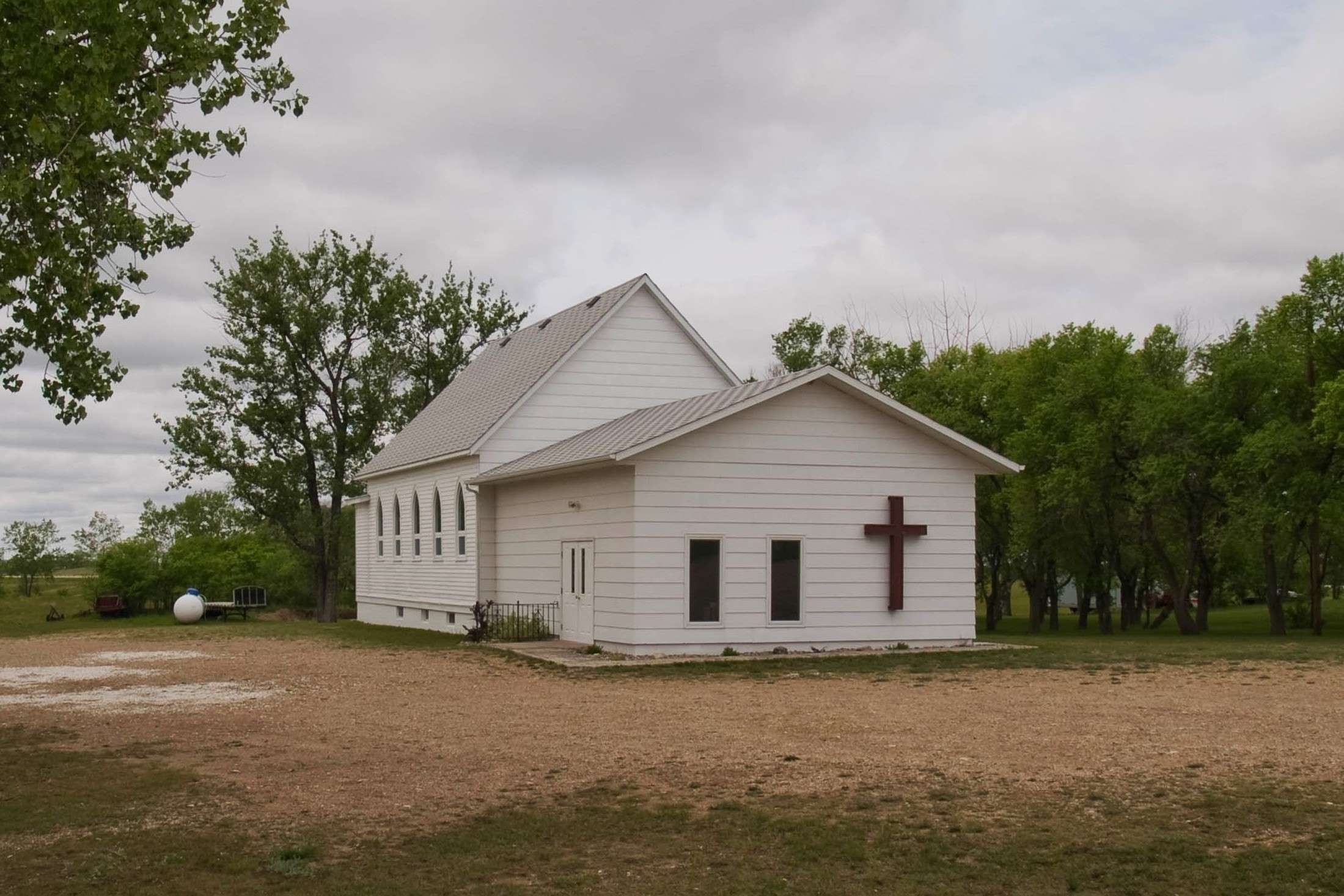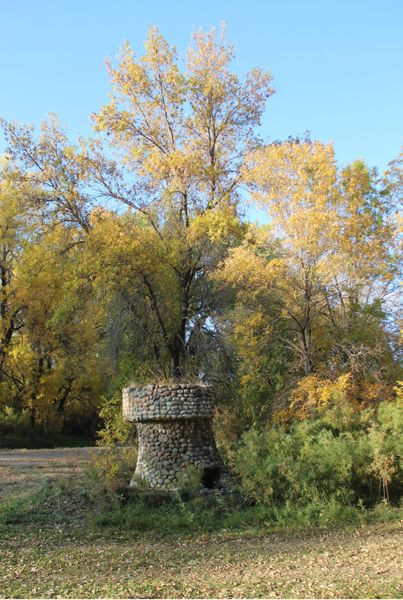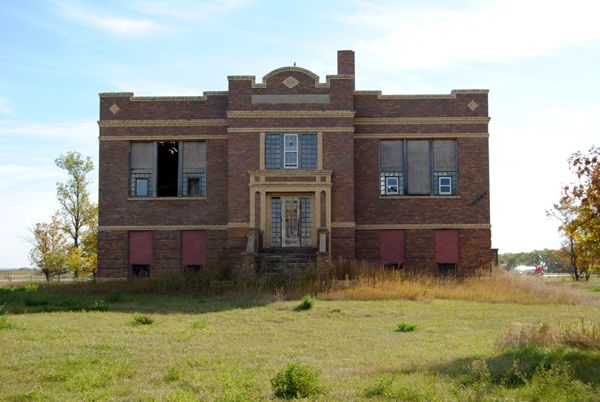
Crystal City, North Dakota: Where Prairie Dust Meets Fading Dreams
The very name – Crystal City – conjances images of sparkling geodes, perhaps a hidden vein of precious minerals, or even a futuristic metropolis shimmering under a perpetual sun. It speaks of clarity, beauty, and enduring value. But in the vast, windswept expanse of North Dakota, where the sky stretches endlessly and the horizon is a seamless curve of prairie, Crystal City exists not as a glittering beacon, but as a quiet testament to the enduring human spirit, the ambition of pioneers, and the bittersweet poetry of forgotten places. Its legends are not of mythical beasts or ancient curses, but of resilience, struggle, and the subtle, profound beauty of a dream that never quite materialized as planned.
To truly understand the legend of Crystal City, one must first understand its setting. This is the Pembina County, a sliver of land in the northeastern corner of North Dakota, close to the Canadian border. Here, the Red River Valley’s fertile soils give way to rolling plains, where agriculture has long been the lifeblood, and the weather dictating the rhythm of existence. Winters are brutal, summers fleeting, and the wind, a constant companion, whispers tales across the fields. It is a landscape that demands grit and offers few illusions.
The Allure of a Name: A Foundation of Hope

So, how did a small settlement in such a demanding environment come to bear a name as ethereal as "Crystal City"? The answer, like many legends, is steeped in a blend of aspiration and practicalities of the late 19th century. As the railroads pushed westward, carving lines of commerce and civilization across the continent, new towns sprang up along their routes, often named by optimistic promoters eager to attract settlers and investment. "Crystal City" was likely one such choice – a marketing stroke of genius designed to evoke prosperity and a bright future, a stark contrast to the often harsh realities of prairie life.
"The name itself was a promise, wasn’t it?" muses Dr. Eleanor Vance, a retired historian who specialized in North Dakota’s ghost towns and forgotten communities. "In a land where survival was often the primary goal, a name like Crystal City offered a vision of something more refined, more valuable. It suggested that beneath the soil, or perhaps in the very character of the people who settled there, something precious could be found."
Indeed, the town was formally platted in 1881, a hopeful dot on the map of the Dakota Territory. Like many nascent communities, its early years saw a modest boom. Farmers arrived, drawn by the promise of fertile land and the railroad’s access to markets. A general store, a post office, a school, and a few houses constituted the burgeoning settlement. At its peak, Crystal City was home to a few hundred souls, a vibrant, albeit small, hub for the surrounding agricultural community. It was a place where neighbors relied on each other, where community halls buzzed with activity, and where the promise of the name still felt tangible.
The Unseen Crystals: Legends of Resilience
Yet, the true "crystals" of Crystal City were not geological formations, but the unwavering spirit of its inhabitants. The legendary resilience of the prairie farmer is a cornerstone of American mythology, and Crystal City embodied it fully. Settlers faced blizzards that buried homes, droughts that withered crops, and economic downturns that threatened to erase their very existence.
One particularly vivid legend speaks of the "Great Blizzard of 1888," which swept across the Dakotas with devastating force. While not unique to Crystal City, the tales of families huddled together, livestock lost, and the sheer isolation of being cut off from the world for weeks on end became part of the town’s collective memory. "My great-grandmother used to tell stories of tying ropes between the house and the barn just to make sure they wouldn’t get lost in the whiteout trying to feed the animals," recounts Mark Jensen, whose family has farmed near Crystal City for generations. "That wasn’t just survival; that was determination. That was their crystal – their unbreakable will."
This tenacity extended beyond natural disasters. The challenges of remote living meant self-sufficiency was paramount. Communities like Crystal City fostered a powerful sense of mutual aid. Barn raisings, shared harvests, and communal celebrations were not merely social events but vital acts of survival and cohesion. These were the true "legends" being forged daily – stories of human connection and steadfastness in the face of an unforgiving landscape.
The Fading Gleam: A Microcosm of America’s Changing Landscape

As the 20th century progressed, the fortunes of Crystal City, like many small prairie towns, began to wane. The very forces that had given it life – the railroads and agriculture – also contributed to its decline. Improved transportation meant farmers could travel further to larger towns for supplies and services, bypassing smaller, local establishments. Mechanization in farming led to fewer people needed to work the land, prompting a steady exodus of younger generations seeking opportunities elsewhere.
By the mid-20th century, Crystal City was a shadow of its former self. Businesses closed, the school consolidated with larger districts, and the population dwindled to a handful of residents. The hopeful gleam of its name began to feel ironic, almost elegiac. The "crystal" became less about future promise and more about the fragility of human endeavors against the backdrop of vast natural forces and economic shifts.
"Crystal City isn’t a unique story in North Dakota, or even in America," Dr. Vance points out. "It’s a poignant example of the thousands of small towns that were once vibrant centers of life and now exist as little more than a name on an old map or a few crumbling foundations. Each one holds its own quiet legends of lives lived, dreams pursued, and the inevitable march of time."
Today, driving through what was once Crystal City, one experiences a profound sense of quiet. The main street, if it can still be called that, is mostly gone, swallowed by the prairie or repurposed by time. A few weathered houses stand sentinel, their windows like vacant eyes reflecting the immense sky. Perhaps a church, still maintained by descendants or a dedicated few, offers a beacon of enduring faith. A cemetery, often the last thriving community in a ghost town, tells the most eloquent stories, with headstones bearing names that once filled the schoolrooms and shops.
The Enduring Legend: Clarity in the Quiet
Yet, to dismiss Crystal City as merely a ghost town is to miss its deepest legend. Its "crystal" is not a physical object but an inherent quality of the place itself: the clarity of its silence, the raw honesty of its history, and the stark beauty of its enduring landscape.
The legend of Crystal City is that of the unadorned truth. There are no hidden monsters here, no fantastical creatures lurking in the shadows. The challenges were real: the blizzards, the droughts, the economic hardships. The triumphs were real: the successful harvest, the birth of a child, the helping hand of a neighbor. This unvarnished reality, stripped of pretense, offers a unique form of clarity, a "crystal" understanding of the human condition.
"When I come here," says Jensen, gesturing across the empty fields, "I don’t see failure. I see generations of people who worked hard, raised families, and made a life for themselves against incredible odds. Their stories, their grit, that’s what’s truly precious here. That’s our crystal."
In an age of hyper-connectivity and constant noise, Crystal City offers a different kind of legend: the legend of quietude, of reflection, and of the profound beauty found in simplicity. It reminds us that even in places where the glitter of ambition has faded, there remains a deep, resonant value. The clear, cold air, the vast, star-dusted nights, the whisper of the wind through the tall grass – these are the true, intangible crystals of Crystal City, North Dakota. They speak of a past that shaped the present, a resilience that continues to echo, and a clarity that invites us to look beyond the surface and appreciate the enduring legends etched into the very soul of the American prairie.


